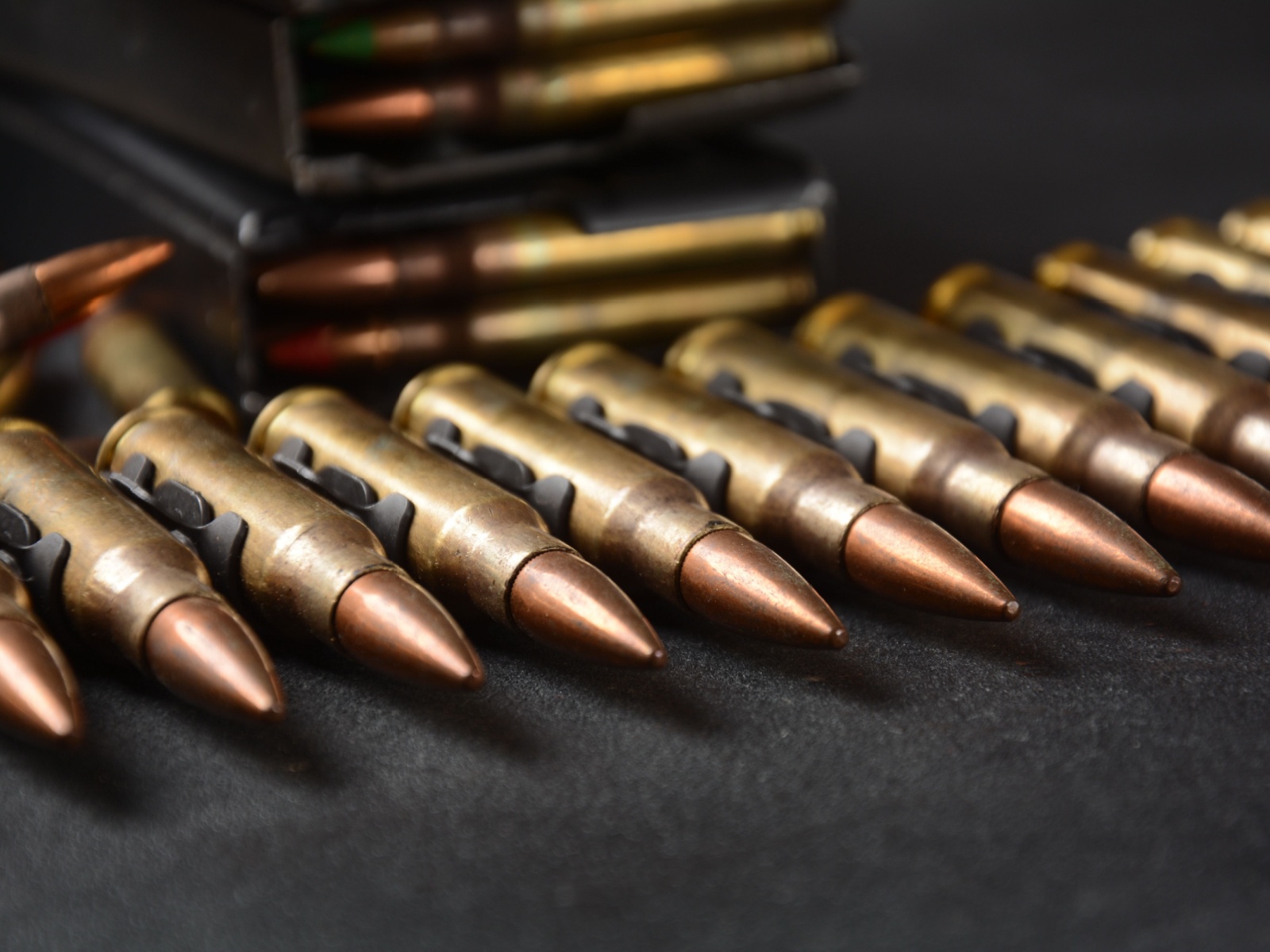MIL-STD-653 Explosive Train Safety Test
The MIL-STD-653 explosive train safety test is a critical component in ensuring the reliability and safety of military munitions. This standard, established by the U.S. Department of Defense, mandates testing procedures to evaluate the overall integrity of an explosive train—comprising the main charge, primer, booster, and any additional components—under various stress conditions. The primary objective of this test is to prevent accidental detonation during handling, storage, or transportation.
The explosive train safety test involves subjecting a munition to specific shock and impact scenarios that simulate potential real-world mishaps. These tests are conducted in a controlled environment where the integrity and stability of the explosive train can be rigorously evaluated. Compliance with MIL-STD-653 is mandatory for all defense contractors supplying munitions to the U.S. military.
The test setup typically includes specialized equipment designed to deliver precise shock waves and impacts, replicating the forces that a weapon might encounter during transit or handling. The testing process involves firing the explosive train into a calibrated impact surface under controlled conditions. Post-test analysis focuses on measuring any damage to the primer, booster, and main charge, ensuring they remain intact and functional after exposure to these stressors.
The significance of MIL-STD-653 lies in its role as a safeguard against catastrophic failures that could result in unintended detonations. By adhering to this standard, manufacturers ensure their products meet stringent safety requirements, thereby enhancing the overall performance and reliability of military munitions. This not only protects personnel but also ensures mission success.
The test protocol is designed to evaluate various aspects of the explosive train’s integrity, including resistance to impact forces, thermal stability, and electrical insulation. Compliance with MIL-STD-653 helps in identifying potential weaknesses or design flaws that could lead to premature detonation under operational conditions.
Through rigorous testing and adherence to this standard, manufacturers can demonstrate their commitment to quality and safety, ensuring that the weapons they produce meet the highest military standards. This, in turn, builds confidence among procurement teams and end-users who rely on these products for critical missions.
Applied Standards
MIL-STD-653 is one of several standards used to ensure the safety and reliability of explosive devices within the military sector. This standard is particularly important given its focus on the integrity of the explosive train, which plays a critical role in ensuring that munitions function as intended without unintended detonations.
In addition to MIL-STD-653, other relevant standards include:
- IEC 60079: Explosion-proof electrical apparatus—General requirements for design and construction
- EN 1496: Safety of explosive materials during transportation
- ASTM E2586: Standard practice for the conduct of detonation tests on explosives
- ISO/TS 17358: Quality management systems—Guidelines for the application of ISO/IEC 17025 to laboratories providing testing and calibration services related to explosive materials
The combination of these standards ensures a comprehensive approach to safety, reliability, and quality in military munitions. Compliance with MIL-STD-653 is just one part of a broader framework that helps maintain the highest standards in the industry.
Customer Impact and Satisfaction
The implementation of MIL-STD-653 has a significant impact on customer satisfaction within the military sector. By ensuring that munitions meet stringent safety requirements, this standard enhances confidence among procurement teams and end-users who rely on these products for critical missions.
Customers, including military personnel, benefit from the enhanced reliability and safety of weapons systems produced in compliance with MIL-STD-653. This reduces the risk of unintended detonations during handling, storage, or transportation, which could lead to severe injuries or fatalities. The standard also ensures that munitions perform as expected under operational conditions, thereby increasing mission success rates.
Manufacturers who adhere to MIL-STD-653 demonstrate their commitment to quality and safety, which can enhance their reputation in the market. This is particularly important given the critical nature of military equipment. Compliance with this standard can also lead to increased business opportunities as it demonstrates a manufacturer's ability to meet stringent regulatory requirements.
Customer satisfaction is further enhanced by the transparent reporting processes associated with MIL-STD-653 compliance. Customers receive detailed reports outlining the testing procedures and results, providing them with confidence in the quality of the products they purchase.





